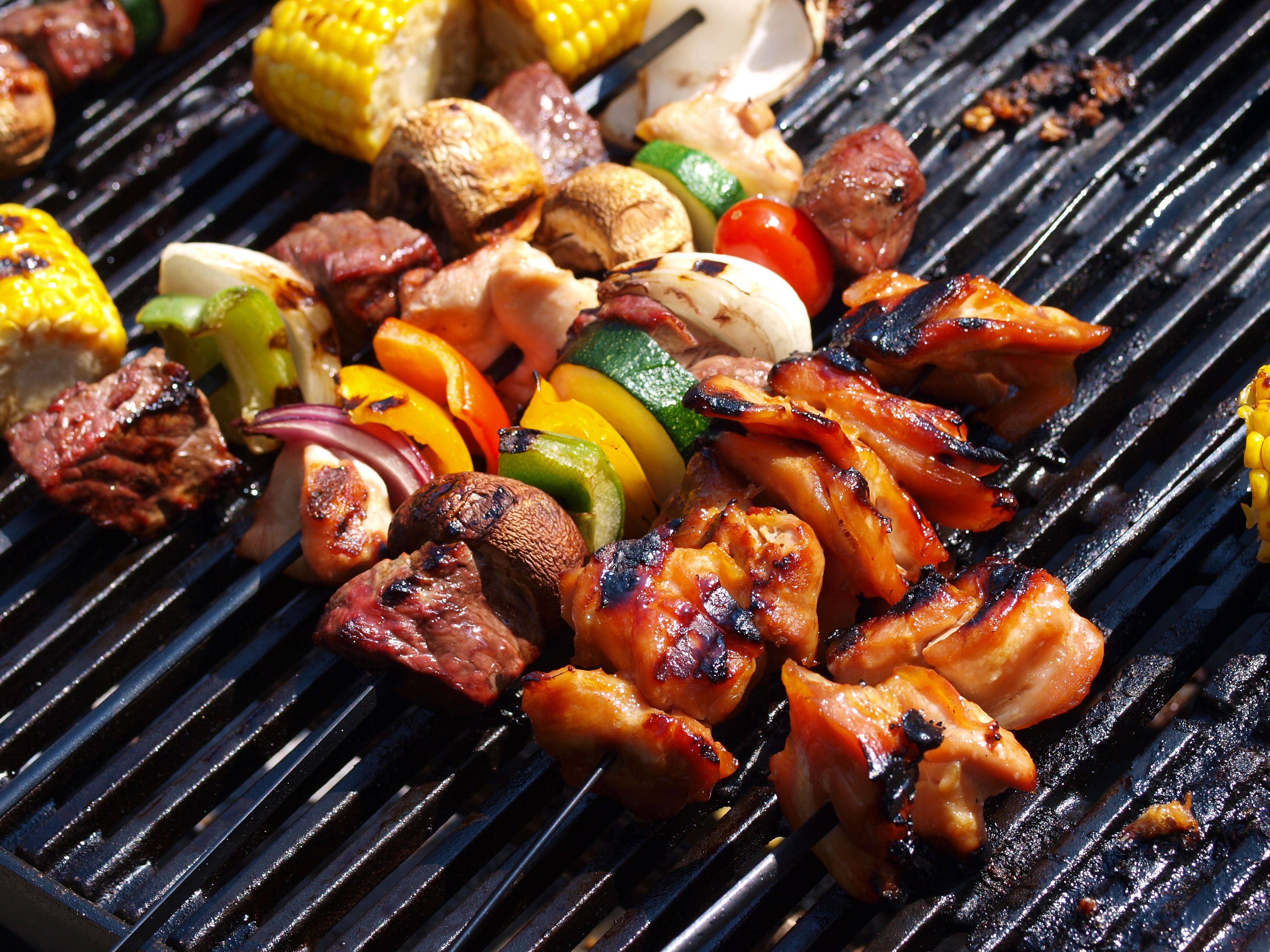With Memorial Day in our rear view mirror, I can finally say summer has (unofficially) begun. The start of summer means the beginning of barbecue and grilling season. Grilling is a staple for summer activities and can be a simple and healthy way to cook. But don’t let the fun be ruined by a food-borne illness. To keep the “ill” out of “grilling,” take note of these useful tips:
- Make the meat section the last stop on your grocery shopping trip. Be sure to separate raw meat from other items in your cart, and ask the cashier to bag the meat separately from other items. Plan to drive directly home after the grocery store. Pack a cooler in your car with ice (or pick it up in the store) for perishables.
- Refrigerate or freeze meats as soon as possible after purchase. This preserves freshness and slows the growth of bacteria. Foods can be refrigerated or frozen in their original packaging if used within a couple days.
- Keep your refrigerator at 40 degrees Fahrenheit or below. Use ground meats and poultry within 1-2 days of purchase. Use beef, veal, pork, and roasts use within 5 days.
- Never leave raw meat, poultry, or any perishable food at room temperature for more than 2 hours. Make that one hour if the temperature reaches 90 degrees Fahrenheit or more.
- Marinate in the fridge, not on the counter. Poultry, cubed meat, or stew meat can be marinated up to 2 days, while beef, veal, pork, roasts, chops, and steaks may be marinated up to 5 days.
- Keep cold food cold and hot food hot. Keep meat and poultry refrigerated until you are ready to grill. After cooking meat and poultry, keep it hot until it is ready to be served (at 140 degrees Fahrenheit or warmer.)
- Use a clean platter. Don’t put cooked food on the same plate that was used to hold the raw meat or poultry.
- Show your leftovers some love. Refrigerate leftovers in shallow containers. Discard any food that has been left out for more than 2 hours (1 hour if temperatures are above 90 degrees Fahrenheit.)
For even more food safety tips, visit the USDA’s BBQ and Food Safety page.







